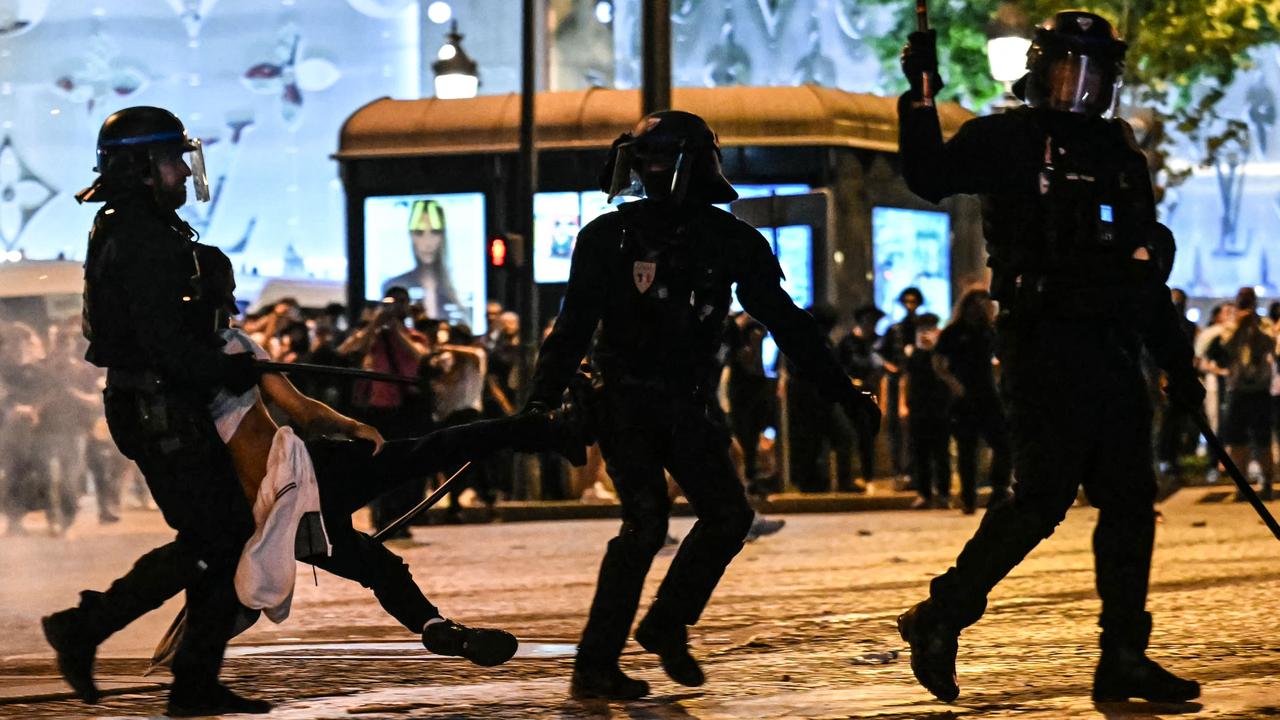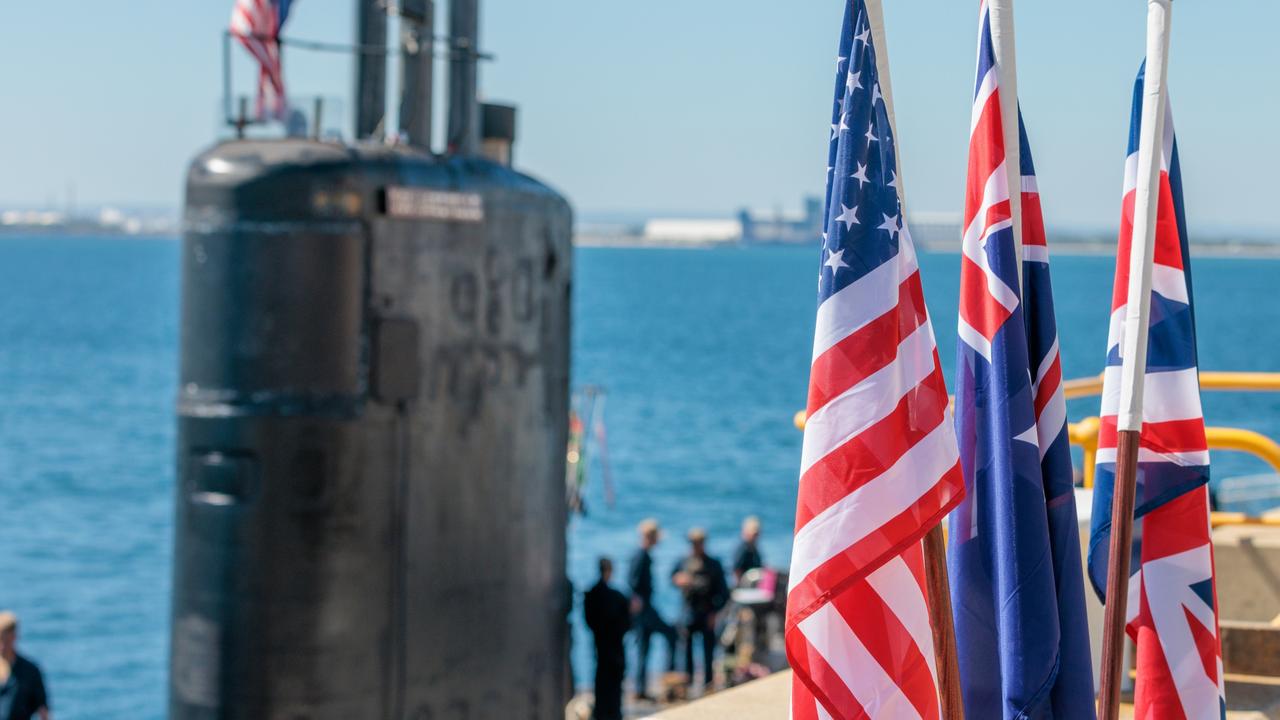US defends deadly drone strike that killed innocent family after investigation reveals target was an aid worker
The Pentagon is still supporting a drone strike that killed 10 innocent Afghans, despite reports confirming the target was actually an aid worker.

The United States is continuing to back a devastating drone strike on a neighbourhood in Kabul late last month, despite an investigation proving the man they targeted was in fact an Afghan aid worker.
Pentagon officials, speaking to reporters this week, supported the August 29 drone strike that left 10 people dead, claiming it was done to stop an attack on American troops.
ISIS suicide bombers had executed an attack on Kabul Airport three days before, killing at least 169 Afghans and 13 US soldiers.
The US drone strike, which launched a missile into the densely populated Kabul neighbourhood of Kwaja Burga, obliterated the lives of 10 people, including seven children.
All 10 people who were killed were from the Ahmadi family, with their heartbroken relatives holding a mass funeral late last month.
A New York Times investigation has since raises serious doubts about the credibility of the threat, that resulted in the US using deadly force.
One glaring error was that their target, 43-year-old Zemari Ahmadi, who had worked for a US aid group for years in Kabul, had been loading containers of water – not explosives – into his car, hours before he was hit with a Hellfire missile.
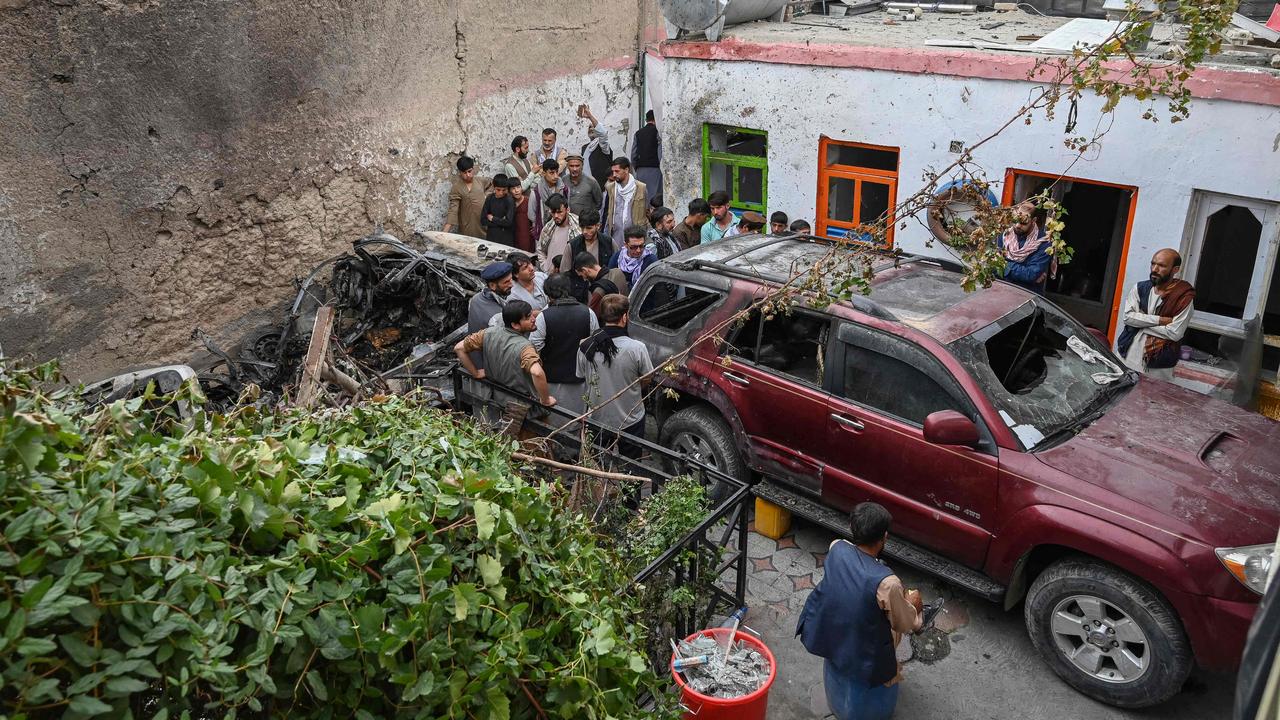

Pentagon press secretary John Kirby said that Central Command, which carried out the strike, was investigating but the results would be limited, due to the US no longer being on the ground in Afghanistan.
“I am not aware of any option that would put investigators on the ground in Kabul to complete their assessment,” he said.
Defence Secretary Lloyd Austin and General Mark Milley, the chairman of the Joint Chiefs of Staff, stood by the strike, saying they had received “credible” information there was an imminent threat to Kabul’s international airport.
General Milley had earlier described the strike as “righteous” and said there was evidence of a second explosion.
“Because there were secondary explosions, there is a reasonable conclusion to be made that there was explosives in that vehicle,” he said last week.
However, the lack of collateral damage in the neighbourhood, including that walls and nearby vegetation remained in tact, brought that suggestion into question.
Kabul’s Hamid Karzai International Airport was flooded with US troops and tens of thousands of Afghans in the final days of August, as the US stood firm on its promise to withdraw all involvement by August 31.
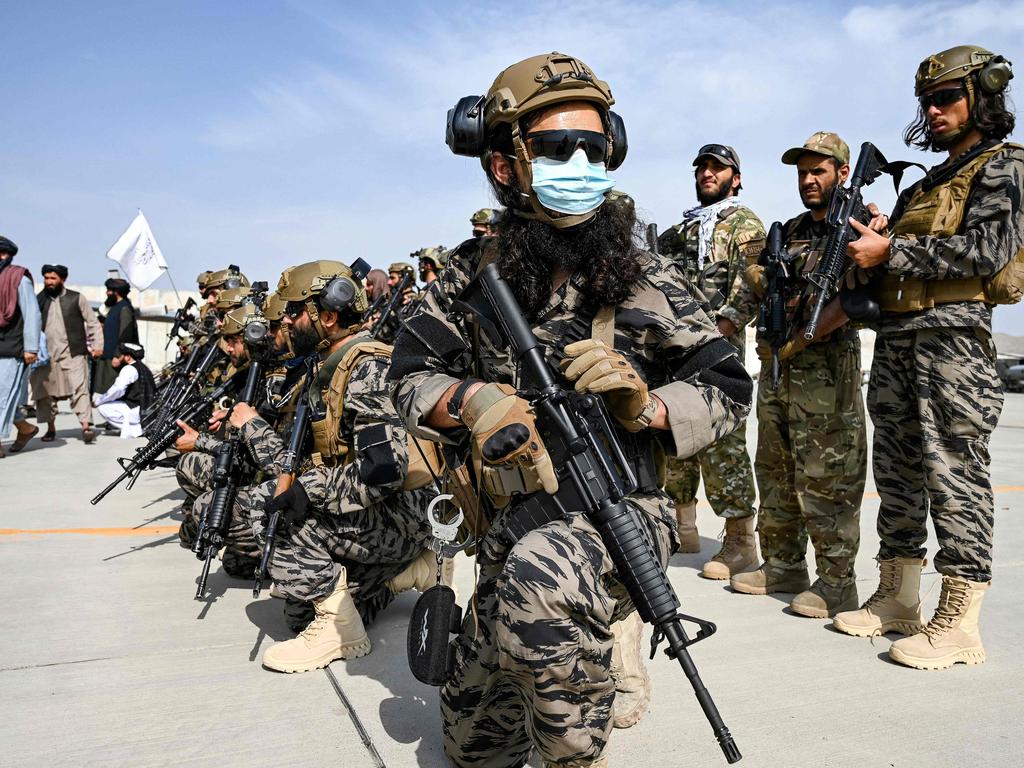
Military officials told the New York Times they had deemed Mr Ahmadi was “suspicious” because of visits he had made in the hours before the drone strike.
The officials said they did not know who he was but they had information he had potentially visited an Islamic State safe house.
He was also surveilled loading his vehicle with items the US believed to be explosives. Numerous reports have emerged Mr Ahmadi had in fact loaded water canisters into his boot before heading home to his family.
Footage of Mr Ahmadi also showed he and a security guard loading the canisters into the boot.
Colleagues of Mr Ahmadi said since the government collapsed, water deliveries to his neighbourhood had stooped. He had been taking water home for his local community.
Mr Ahmadi, 43, had worked as an electrical engineer for Nutrition and Education International for 15 years, an aid organisation based in California.
According to Mr Ahmadi’s surviving relatives, the 43-year-old left his home, that he shared with his three brothers and their children, around 9am in his white Toyota Corolla.
He stopped to pick up his colleagues, spent time at work, picking up the water canisters and two laptops during the day, before returning home just before 5pm.
A number of Mr Ahmadi’s nieces and nephews ran out to greet him, with the US firing its drone minutes later.

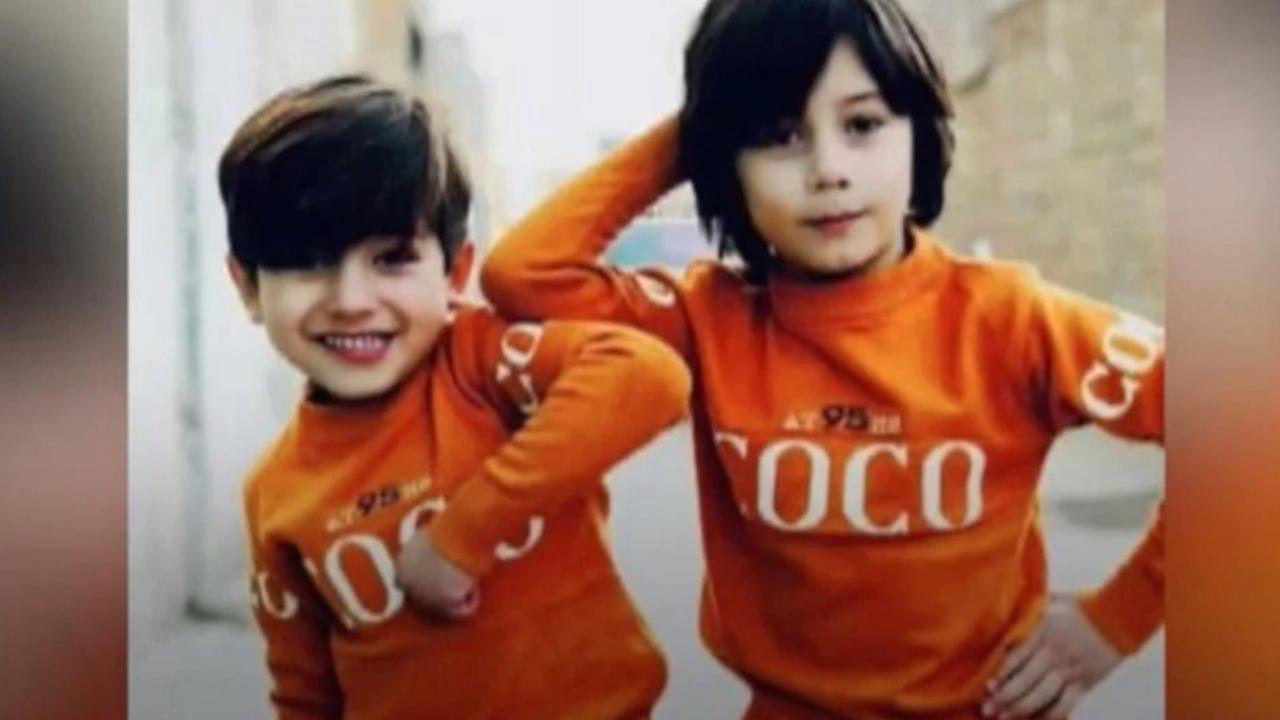
The Ahmadi family had been playing near their home in Kwaja Burga when the missile appeared out of nowhere.
“The rocket came and hit the car full of kids inside our house,” said Aimal Ahmadi, Zemari’s brother.
Aimal said 10 members of the family died in the air strike — including his own daughter and five other children.
Aimal lost his daughter and Zemari died, alongside his four children.
Four more were killed in the strike.
A mass funeral for the family took place late last month, with the anguish clearly showing on the relatives’ faces.

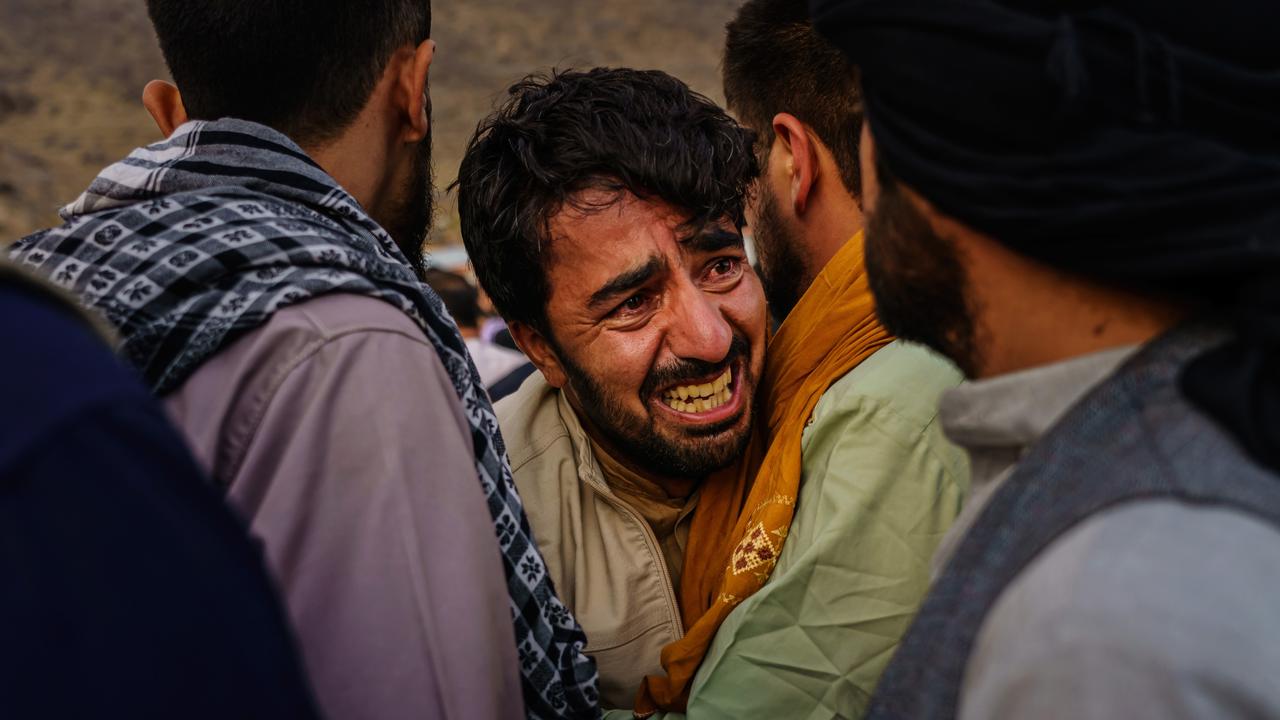
“We are aware of reports of civilian casualties following our strike on a vehicle in Kabul,” Captain Bill Urban, a US Central Command spokesman, said in a statement late last month.
Mr Urban said the strike on the vehicle “disrupted an imminent ISIS-K threat to the airport”.
“It is unclear what may have happened and we are investigating further,” he said. “We would be deeply saddened by any potential loss of innocent life.”
Sabir, a neighbour of the Ahmadi family, told AFP it was almost impossible to find remains of the bodies.
“All the children were killed inside the car, the adults were killed just outside. The car was on fire — we could hardly find body parts,” he said.




